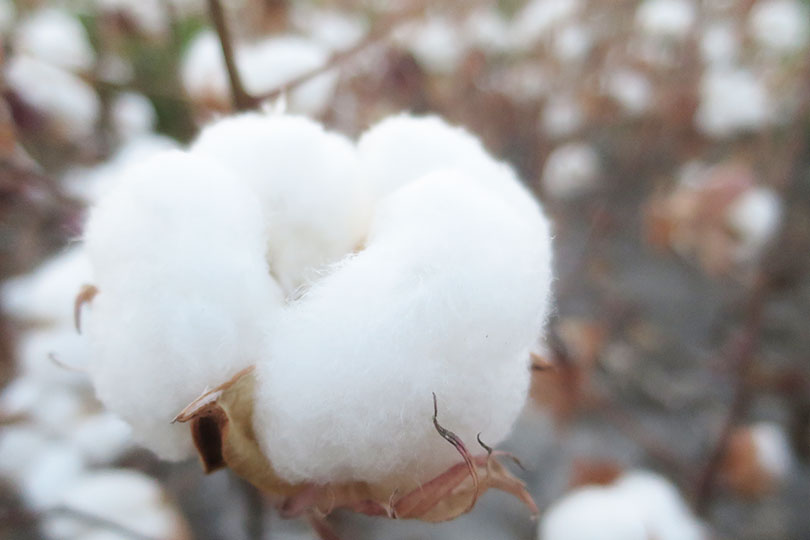By Jennifer Dorsett
Field Editor
Too much, too late.
After struggling through a hot, dry summer, the region surrounding Amarillo and Lubbock has now received more than 5 inches of rain since mid-September, setting back cotton harvest for many area farmers.
The Texas crop and weather report produced by Texas A&M AgriLife Extension Service for the week of Sept. 30-Oct. 6 noted rainfall totals from 4 to 12 inches in the Panhandle and anywhere from 0.7 to 7 inches across the South Plains.
Late cotton may see some beneficial growth, Blayne Reed, AgriLife Integrated Pest Management agent said, but mature fields are too far along to see any assistance from the recent moisture.
“About 70 to 80 percent of the bolls are open,” Reed told AgFax in a recent interview. “The rain hasn’t done us any favors. It’s too late.”
In Floyd, Hale and Swisher counties, where Reed works, almost 98 percent of the area’s cotton crop was ready for defoliants and other harvest aid applications when the rain started falling.
“Many plants are seeing late-season leaf growth. Defoliating will be a challenge,” he said.
Typical irrigated crop yields in that area average around three bales an acre, but Reed is expecting a yield closer to two bales an acre for 2019. He said some dryland cotton yields may be so low, it may not even be worth stripping this year.
AgriLife Extension Cotton Specialist Murilo Maeda said a little further south of Lubbock, most dryland cotton was ready for harvest just as the rains started.
“The dryland was open, and the rain hit at the wrong time,” Maeda said. “We need sunny days so we can get in and strip.”
An expected hard freeze Thursday evening is adding additional woes to farmers who have late cotton still growing in the field.
“I’ve got one field that’s close to harvest-ready that matured nicely on its own,” Madison Bagwell, Carson County Farm Bureau board member and dryland cotton farmer, said. “The freeze won’t bother that cotton and actually may help with some of the regrowth I’ve seen after the recent rains.”
What concerns Bagwell is another of his cotton fields located in Armstrong County. That cotton was planted later and didn’t mature as quickly.
Bagwell recently sprayed ethephon to encourage bolls to finish opening, but he hoped it would have a little more time for the cotton to mature.
“I’m not sure what’s going to happen there with this freeze coming in,” he said. “I was shooting for Oct. 10 to spray the boll opener, but I decided to go ahead and apply it last week. All I can do is just wait and see.”
It’s a disappointing development in an already-difficult year, but as usual, farmers have taken it all in stride.
Yields are significantly less than normal. In an average year, Bagwell can expect around two bales an acre, but he’s expecting 2019’s crop to make just under a bale an acre.
But he’s thankful he has a crop to harvest.
“I lost a lot of plants in the spring and the fields were pretty thin,” he said. “In a normal year, I wouldn’t be happy with the crop, but for the way things have gone this year, my cotton looks pretty good.”

